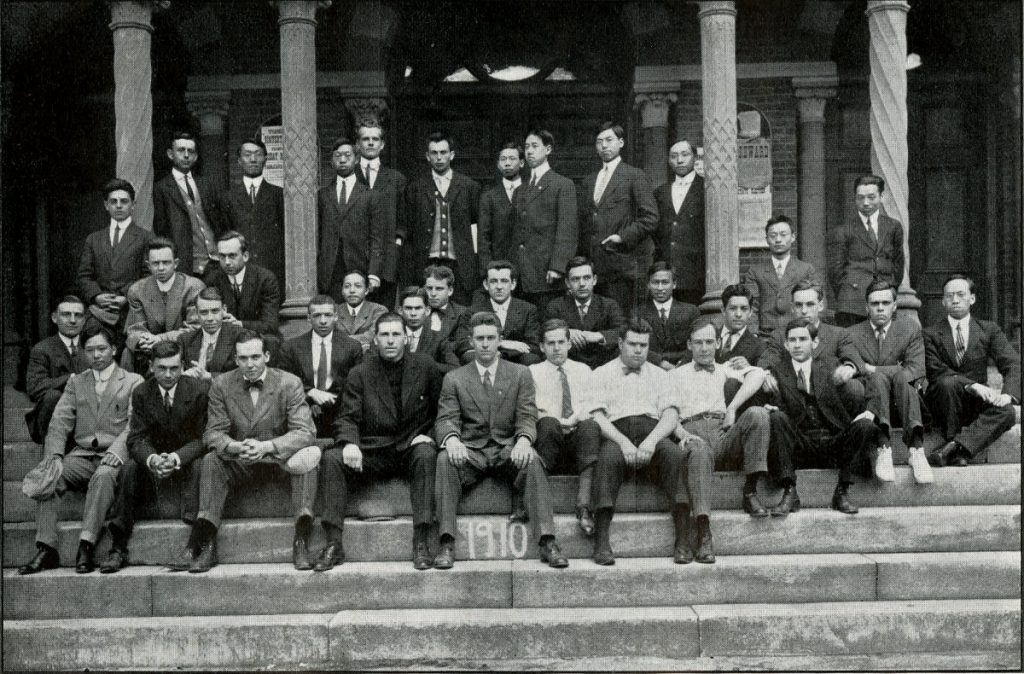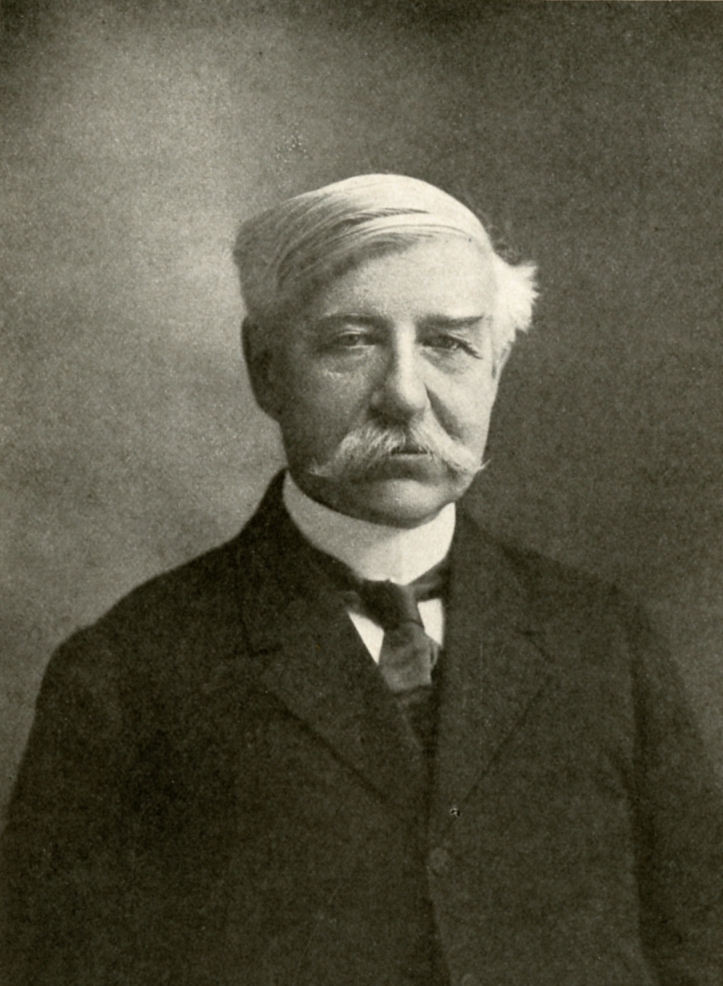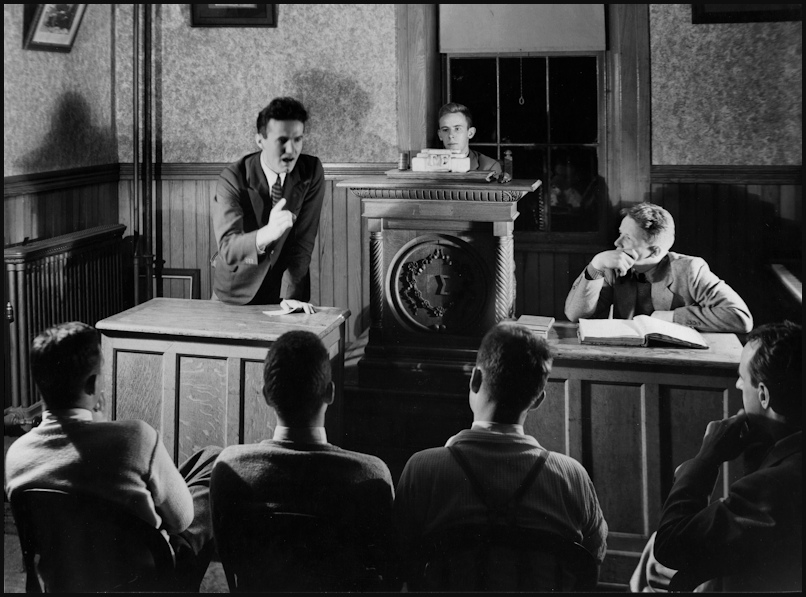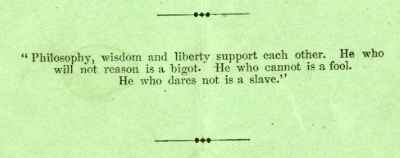Note: For Part I of this article, please see The First Chinese Students at Williston.
The closing of the Chinese Educational Mission and the recall of its students to China in 1881 ended Chinese attendance at Williston Seminary for the next twenty-three years. There were several factors, not the least of which may have been that Williston’s Principals, Joseph W. Fairbanks (served 1878-1884) and William Gallagher (served 1886-1896) had little interest in maintaining international diversity. There were significant enrollments of international students (by whom we mean citizens of other countries, not American dependents of diplomats, businessmen, or missionaries) from Latin America, notably Cuba and Panama. That is perhaps not surprising, since the United States had significant political and business interests there. But with the notable exception of Williston’s first two Siamese (Thai) students, Nai Kawn, class of 1884, and Boon Itt, 1885, there was practically no attendance from any Asian countries.

The anti-Chinese atmosphere in the United States of the 1880s was certainly a factor. (Since bigotry prefers generalities, for the most part it was extended to all Asians.) So, too, were the practicalities of travel. Cross-country rail travel had improved mightily since the completion of the first route in 1869 (ironically, built largely with Chinese labor), but even with the rise of steamships and without the need for a dangerous and lengthy voyage around Cape Horn, passage from Asia was measured in weeks.
But American attitudes were also changing. Despite the Chinese Exclusion Act of 1882, which severely restricted immigration, Chinese neighborhoods – “Chinatowns” – were springing up in many larger cities, and not just on the West Coast. Inevitably, the country was becoming more tolerant, although shamefully, the Exclusion Act was not repealed until 1943.
At Williston, Principal Gallagher stepped down in 1896, and was succeeded by Joseph Sawyer. Sawyer, whose biography has been treated in detail in these pages (see “Visionary Keeper of the Flame“), had a genuine, personal interest in Chinese students, having encouraged the Chinese Educational Mission students’ Christian conversion and published on the subject. When a trickle of Chinese applicants began to appear, he jumped at the chance to welcome them. As a group, the first enrollees were not an immediate success.
(A note on names: since we do not have modern Pinyin transliterations for any of the early 20th century Chinese students, their names are here rendered as they appeared in school records, using the older Wade-Giles anglicizations. American practice puts the patronymic (family name) last, although in Chinese, it is properly placed at the beginning of a name. Thus, Chin Chao Kwong, whom we are about to meet, would have signed his name “Kwong Chin Chao.” If the modern reader finds this confusing, it puts him on similar footing with Williston’s record-keepers of a century ago, who sometimes confused family and personal names.)
The first Chinese national to enroll was Chin Chao Kwong, who arrived in September, 1904. Kwong was the nephew of Kuang Guoguang, an original Chinese Educational Mission (henceforth CEM) student who had attended Phillips Exeter in 1880-81. In 1904 Kuang was a diplomat in Washington. He brought his son and nephews to visit his former host family, Hervey and Nancy Dickerman, in Holyoke, Mass. [Edward J. M. Rhoads, Stepping Forth Into the World: The Chinese Educational Mission to the United States, 1872-81, Hong Kong University Press, 2011, 100, 211] A Mrs. M. L. Dickerman of Holyoke, apparently related to that family, offered to sponsor Chin Chao Kwong at Williston. Kwong was from Tsinanfu, today called Jinan, in central China’s Shandong Province. He started as a member of the class of 1907, but his initial grades were abysmal. He stepped back to the class of 1908, but it didn’t help. After a stay of three years, he left without graduating at the end of 1907. In 1920 Mrs. Dickerman informed the school that Kwong was in the head office of his father’s mining company in Jinan. After that we lose track of him.
Continue reading



